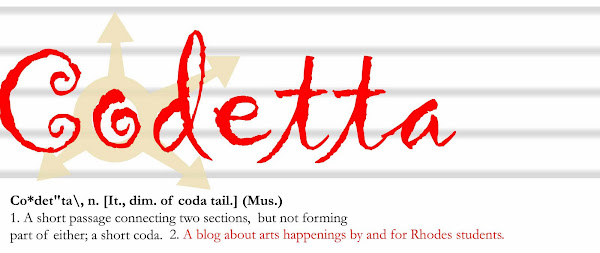
The Drowsy Chaperone, winner of five Tony Awards in 2006, is both homage to and parody of the light, bubbly musical comedies characteristic of the Jazz Age, full of archetypal characters and frivolous, predictable plotlines. However, to fully accept and embrace this idea, you have to ignore some anachronisms. First, cast recordings did not even exist until sometime in the thirties, and secondly the musical score is not entirely in the style of the twenties. However, these are relatively easy things to disregard and do not interfere too much with enjoyment of the show.
The narrator for the evening, simply called Man In Chair (Tennessee native John West) shares his favorite indulgence with the audience—a cherished, old record of the (fictional) 1928 Broadway smash, The Drowsy Chaperone. He explains, as he puts it on, that when he listens to it, it transports him, and makes him feel as though he is seeing it live. The Man, who simply wants “a story and a few songs to take [him] away” from the reality that is his lonely, cluttered apartment, is delighted as his imagination takes over, the walls of his home give way and the characters of Chaperone stream in, miraculously entering from his refrigerator and dancing out of his closet.
The characters of 1928’s Drowsy—gangsters (Dennis Setteducati and Marc de la Concha), a producer Feldzieg and his ditzy, blonde girlfriend, Kitty (Britt Hancock and Lindsey Devino), Latin lothario Adolpho (Roberto Carrasco), and the drowsy (read: drunk) chaperone (Patti McClure) have gathered at dowager Mrs. Tottendale’s (Kristin Netzband) home for the marriage of retiring Broadway starlet Janet Van De Graaf (Elizabeth Pawlowski) to oil magnate heir Robert (Leigh Wakeford). As he watches the drama unfold, Man in Chair provides commentary—criticizing or praising certain lyrics and jokes in the show, drawing attention to some of the smaller, less flashy moments, and giving backstage information on the actors performing in the show within a show, gossiping about their careers, rivalries, and scandals.
All of the actors sing and dance ably and their devotion to the giddy, self-aware spirit of the show is admirable, but because of the nature of the piece, there are few opportunities to expand beyond a two-dimensional character portrayal. Pawlowski, McClure, and Carrasco have brief moments of triumph, where they are able to step out of the ensemble (Pawlowski in “Show Off,” McClure in “As We Stumble Along,” and and Carrasco in “I Am Aldopho), but it is only John West, as Man in Chair, who manages to escape this fate entirely, and his droll delivery is an ideal companion to the absurdities that characterize the show within a show.
The set design is inventive, the costume design is impressive, and some of the comedic gags like the repetition of the same lyric as the record “skips” are tremendously clever. However, at times, the script veers from self-conscious to self-congratulatory.
Despite its imperfections, The Drowsy Chaperone is something that people who love musical theatre will immediately understand. However, that said, it is not necessarily a show that anybody will enjoy because to truly appreciate Chaperone, you need to have experienced or felt what Man in Chair feels for this show, whether you have obsessed over a seemingly insignificant moment in a show, felt comforted and swept away by a cast recording, or acknowledged a show’s imperfections but adored it nonetheless.
Memphis was the second stop for the non-equity touring production of The Drowsy Chaperone. The show was performed at the Orpheum January 13-18.
This article also appears on the Rhodes Codetta blog (rhodescodetta.blogspot.com). In addition to theatre coverage, Codetta features coverage on music and art both at Rhodes and in the Memphis community.
- Cristina Iskander







